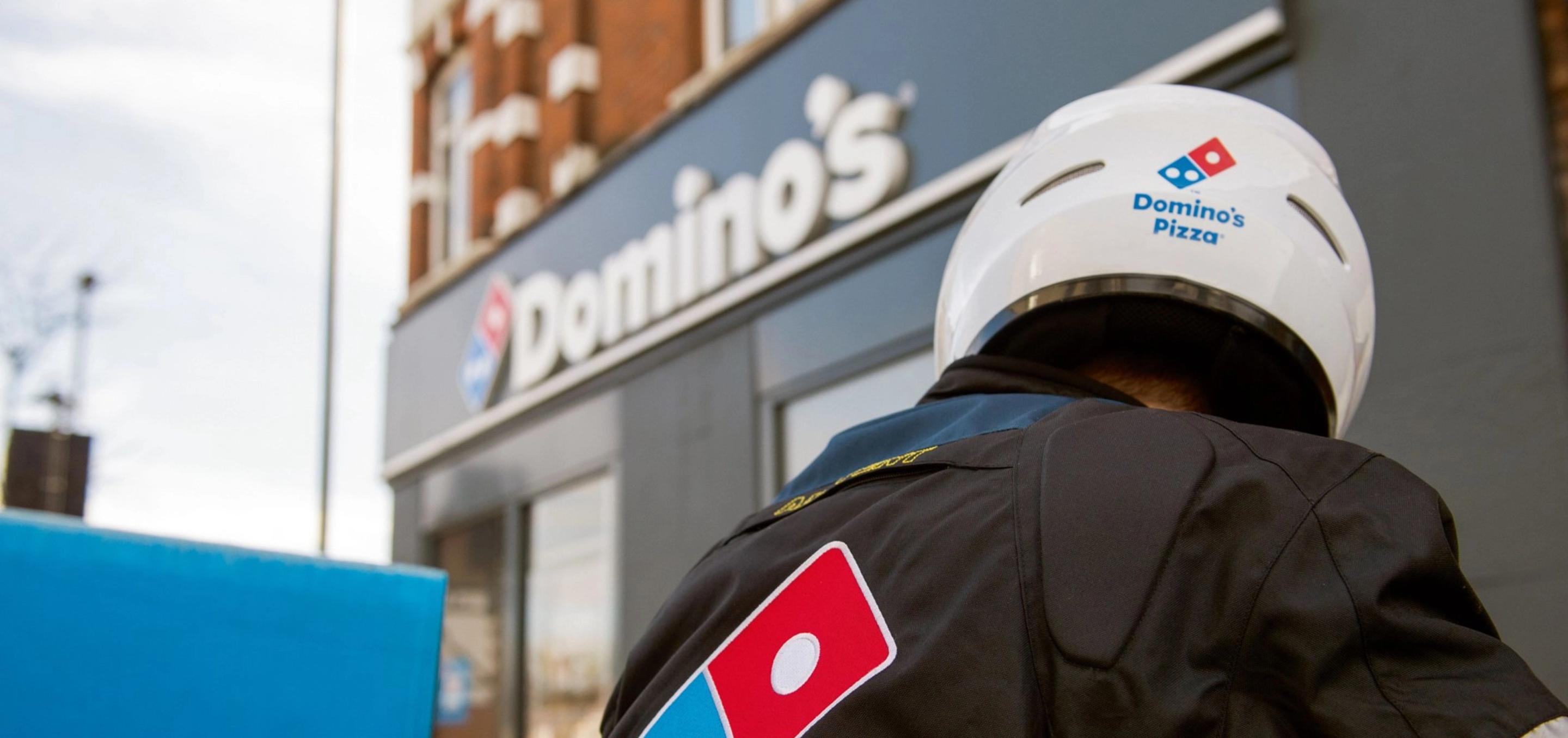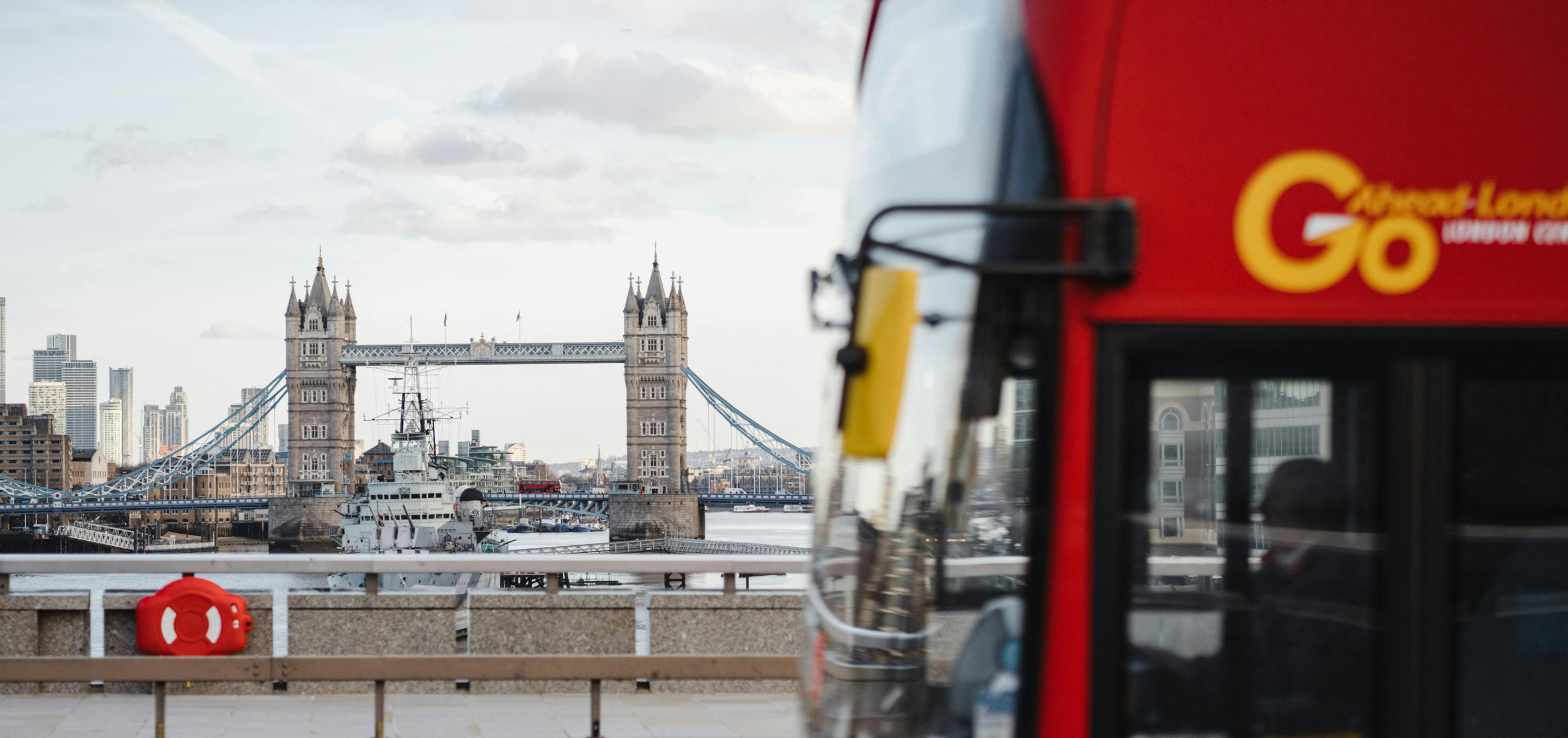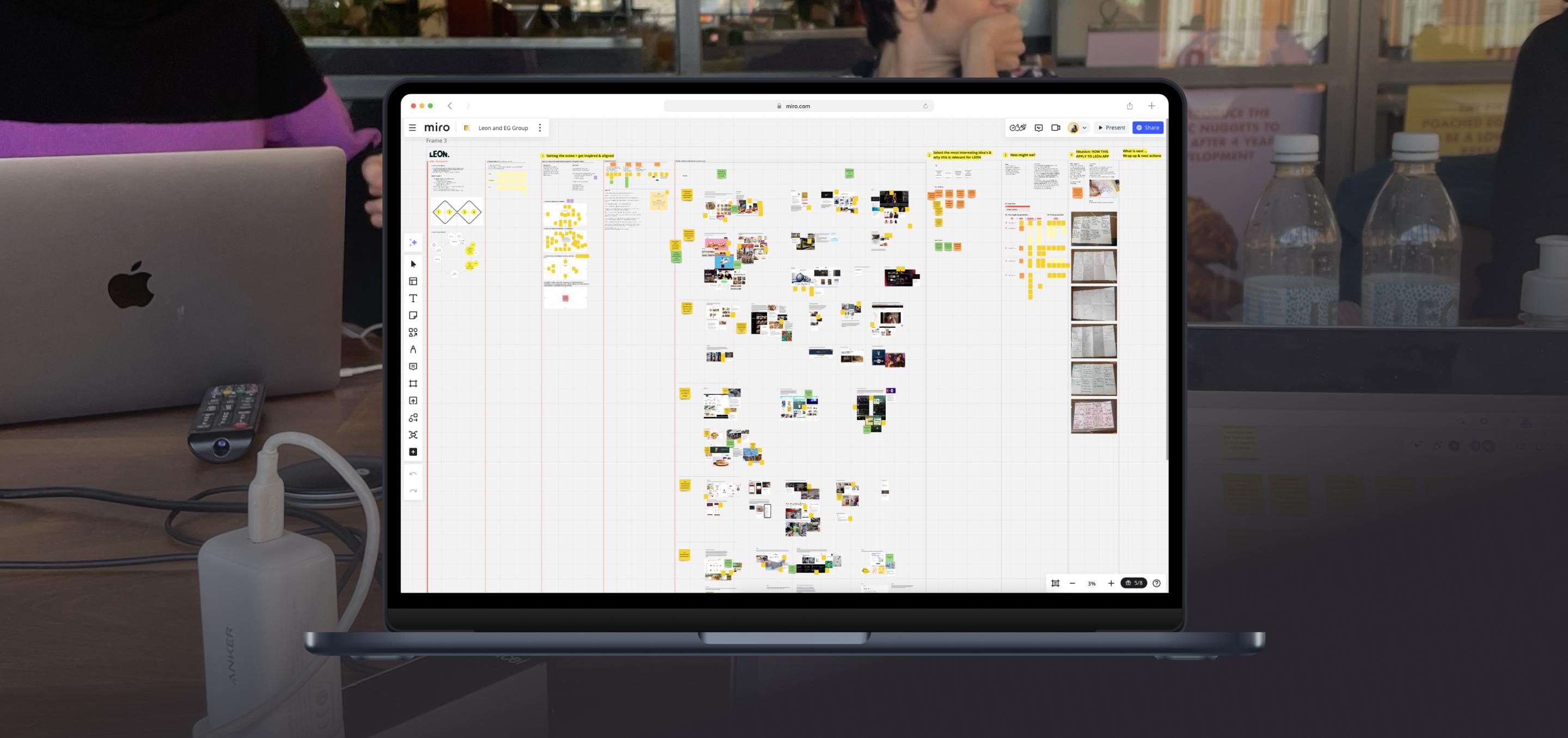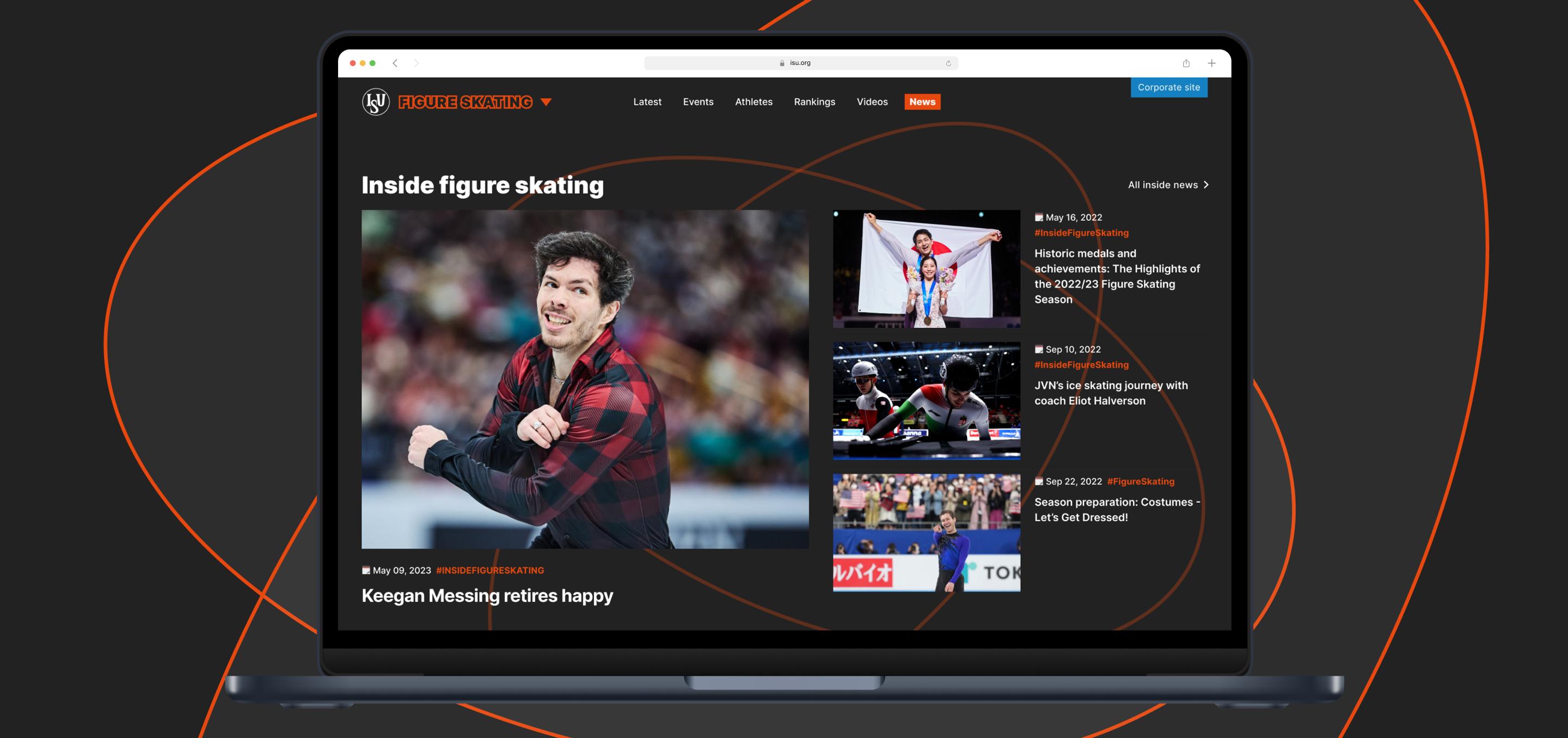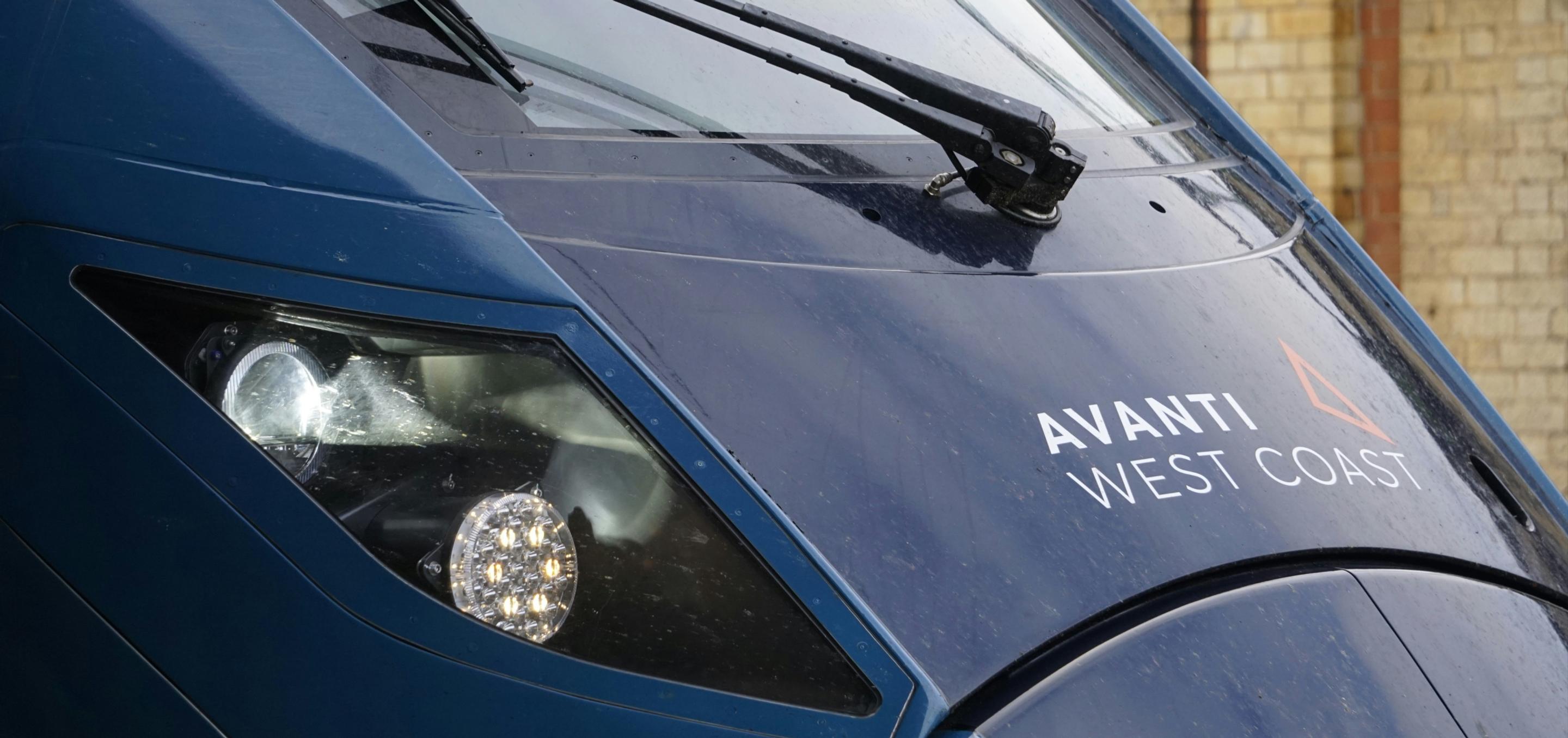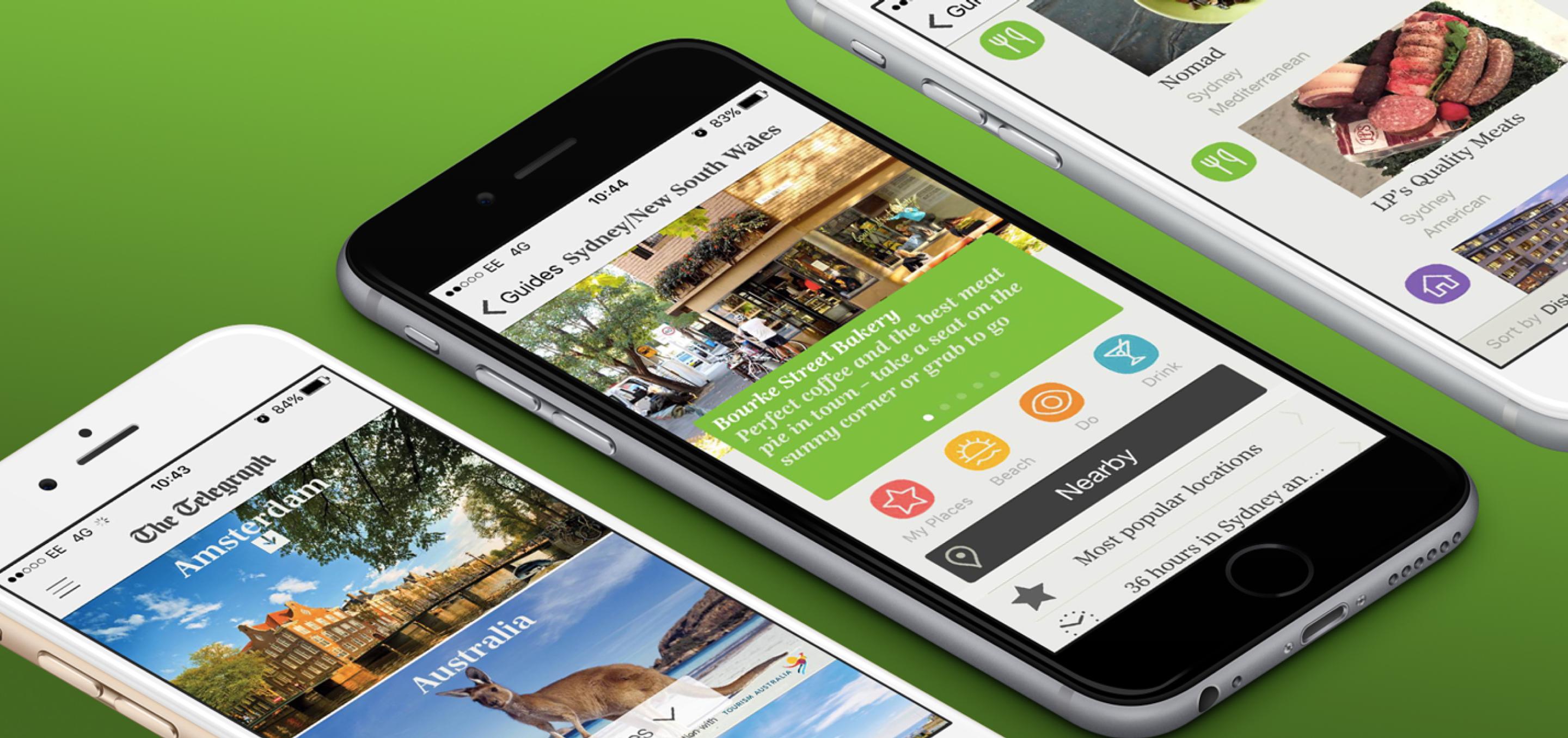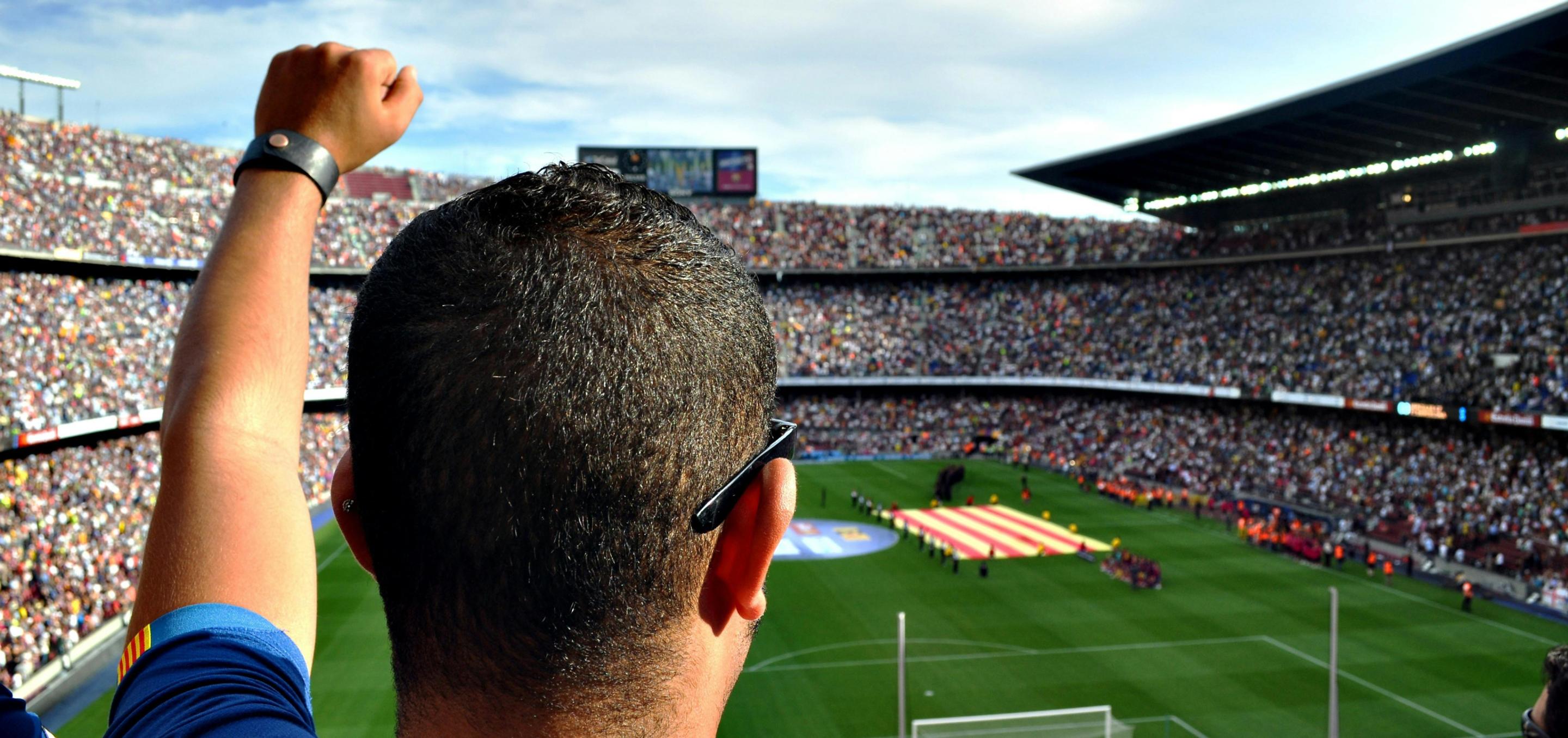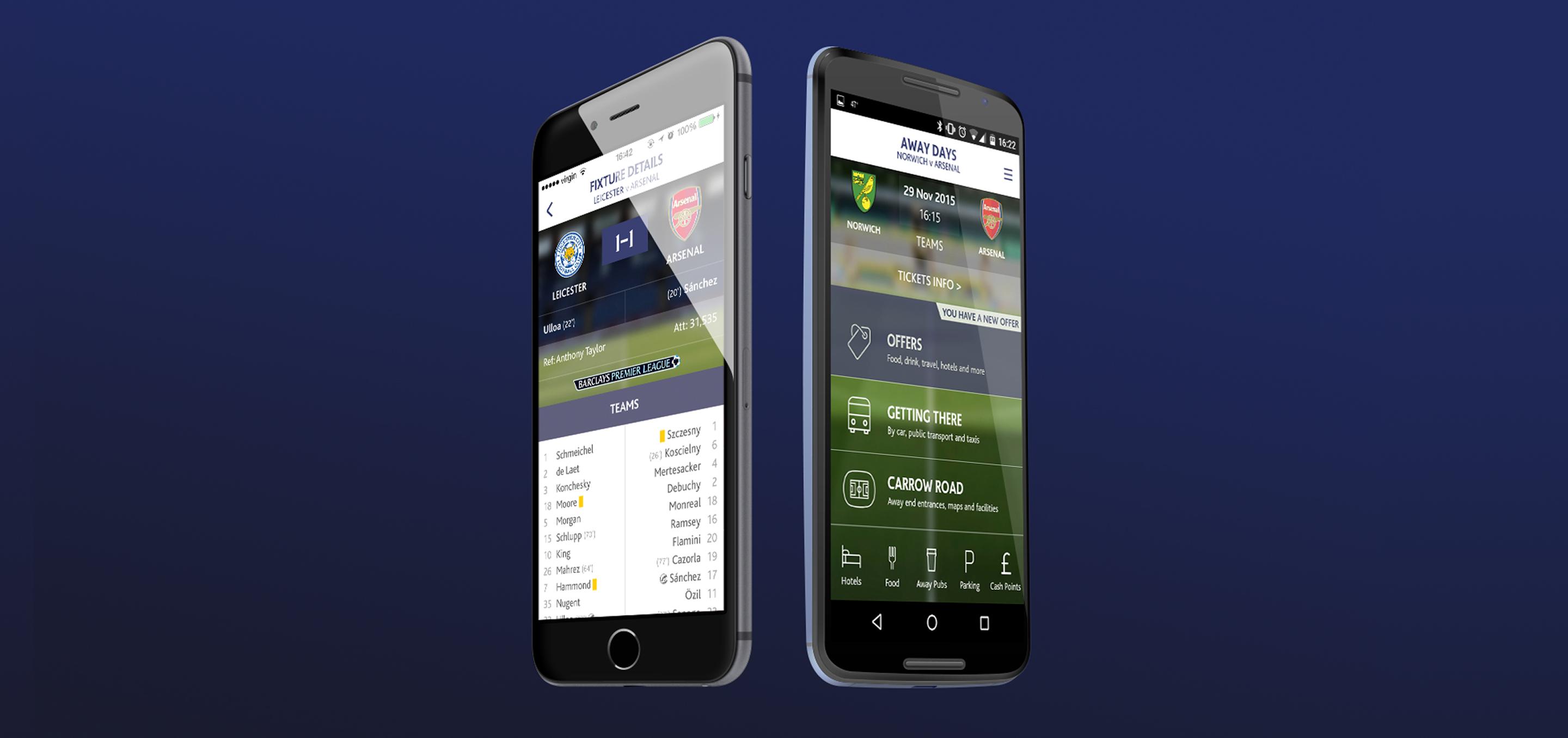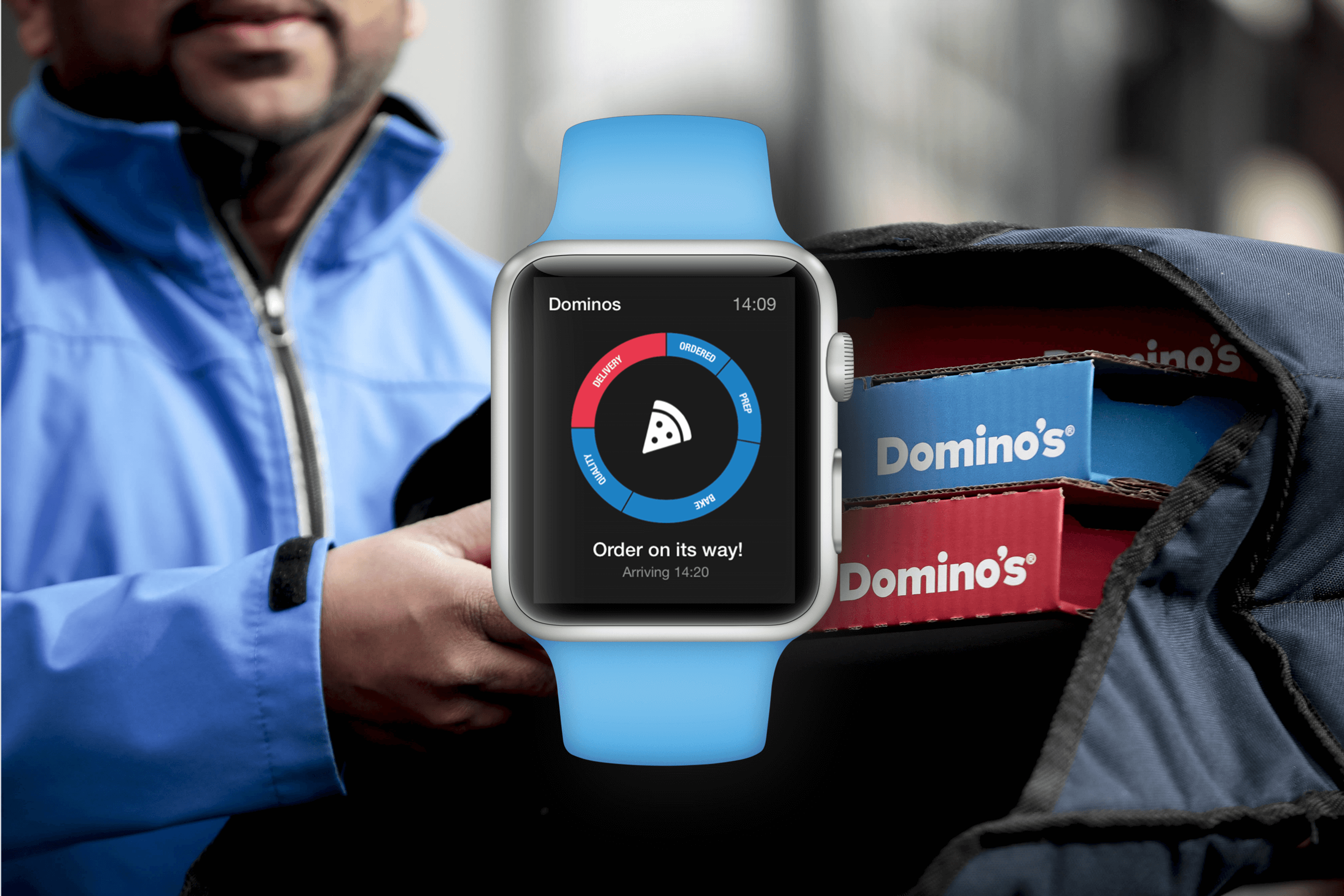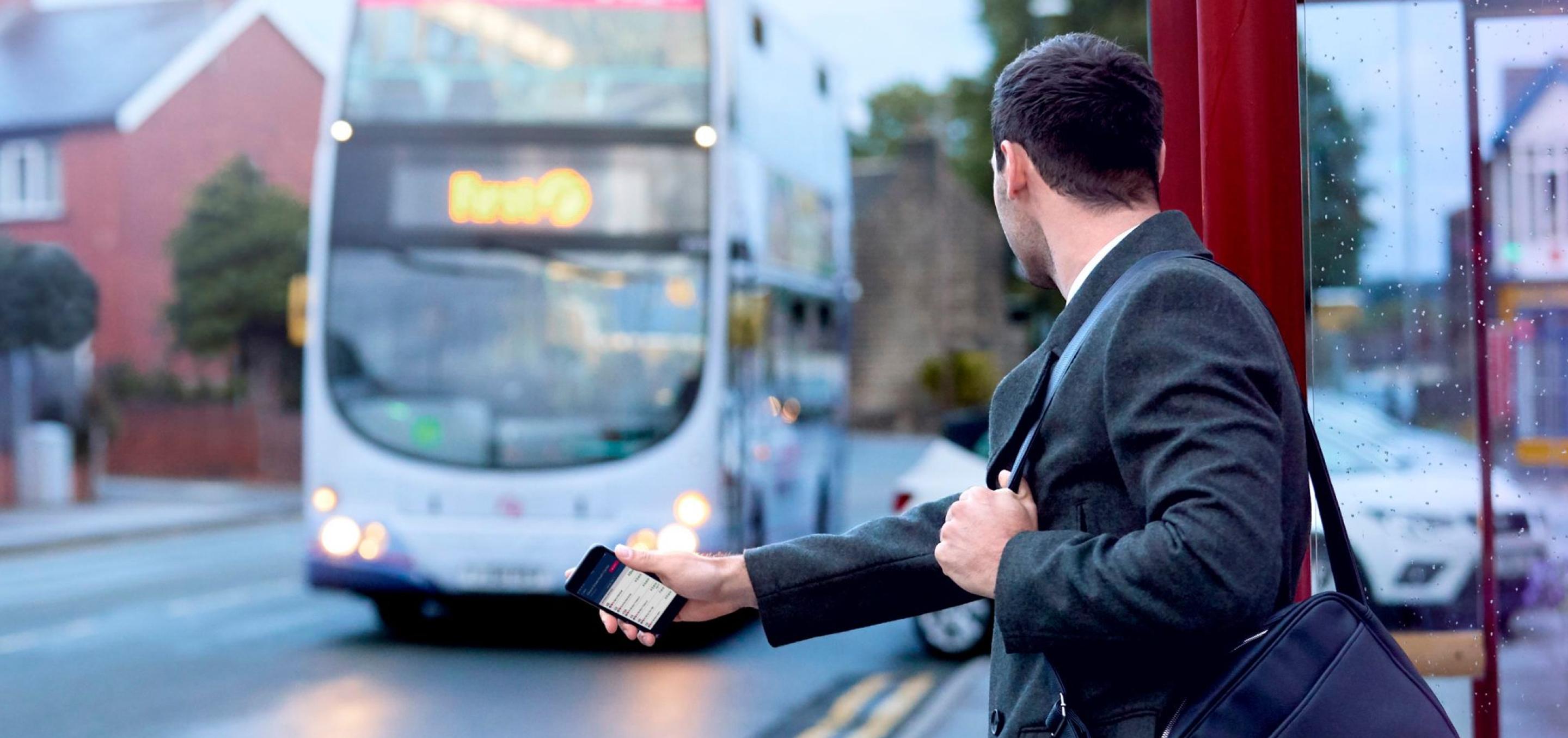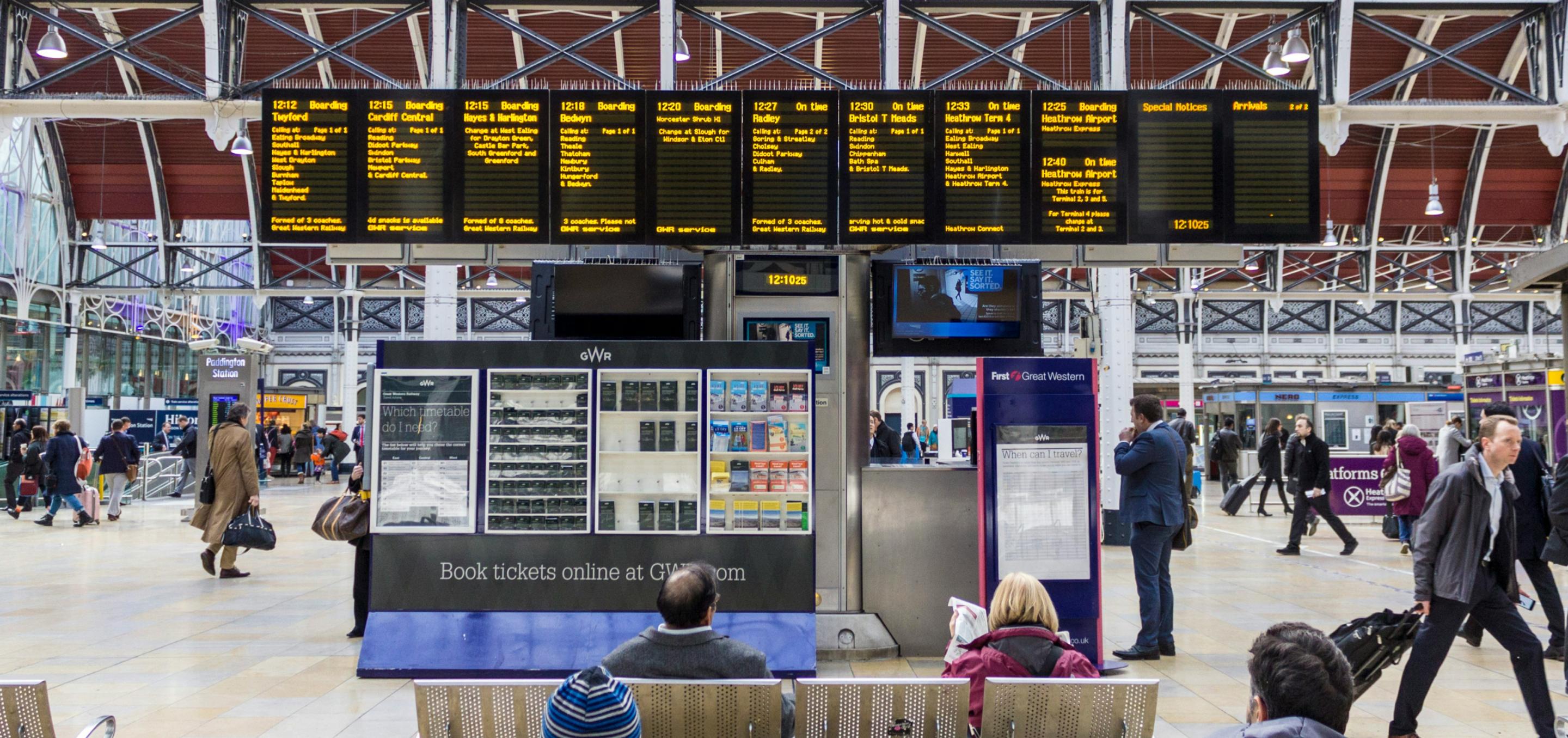Case Studies

Insights
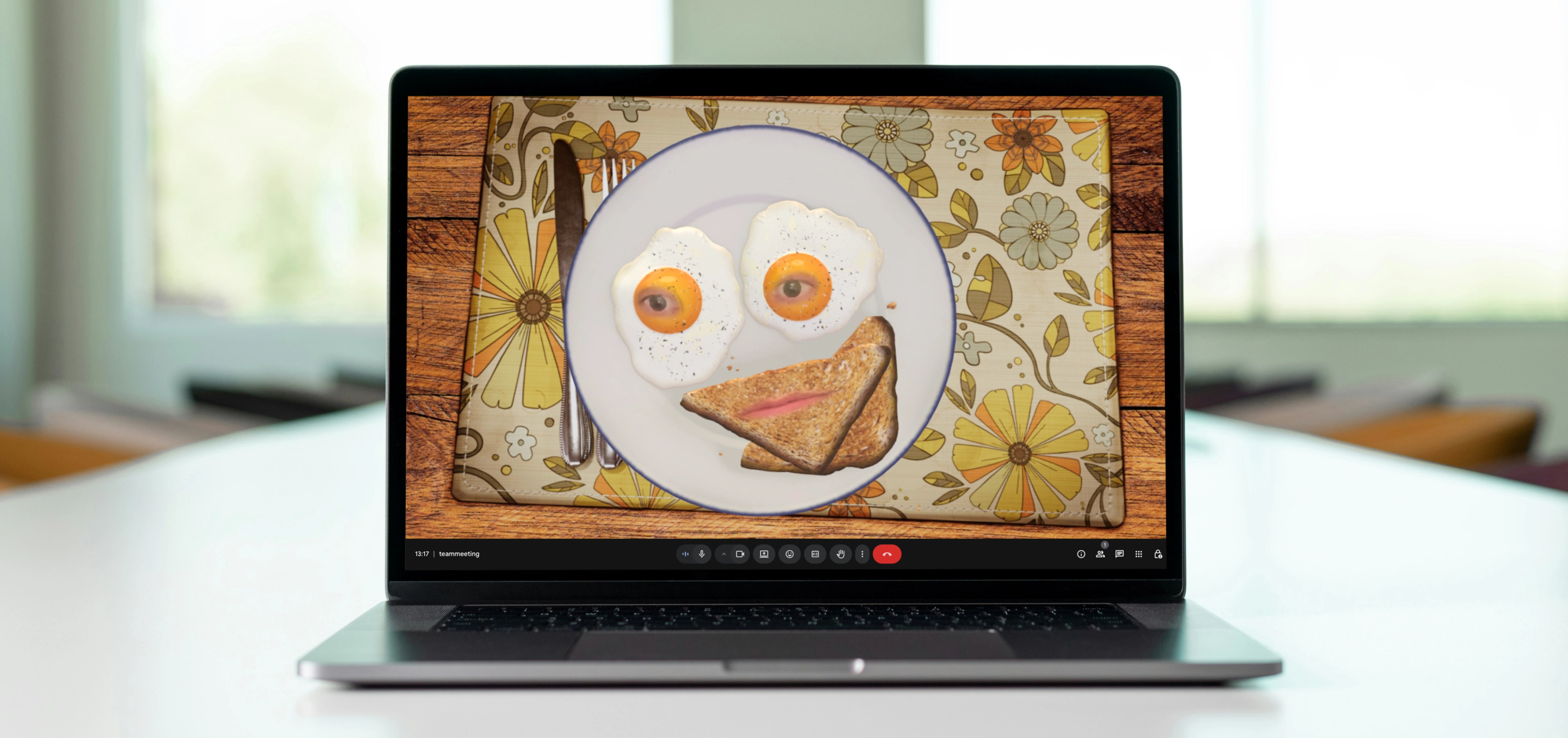
Customer Experience - Where to Invest and What to Avoid
In our latest article by our product expert Katherine Robinson Hodges, we explore where to focus your CX investment for maximum impact and the pitfalls to avoid.
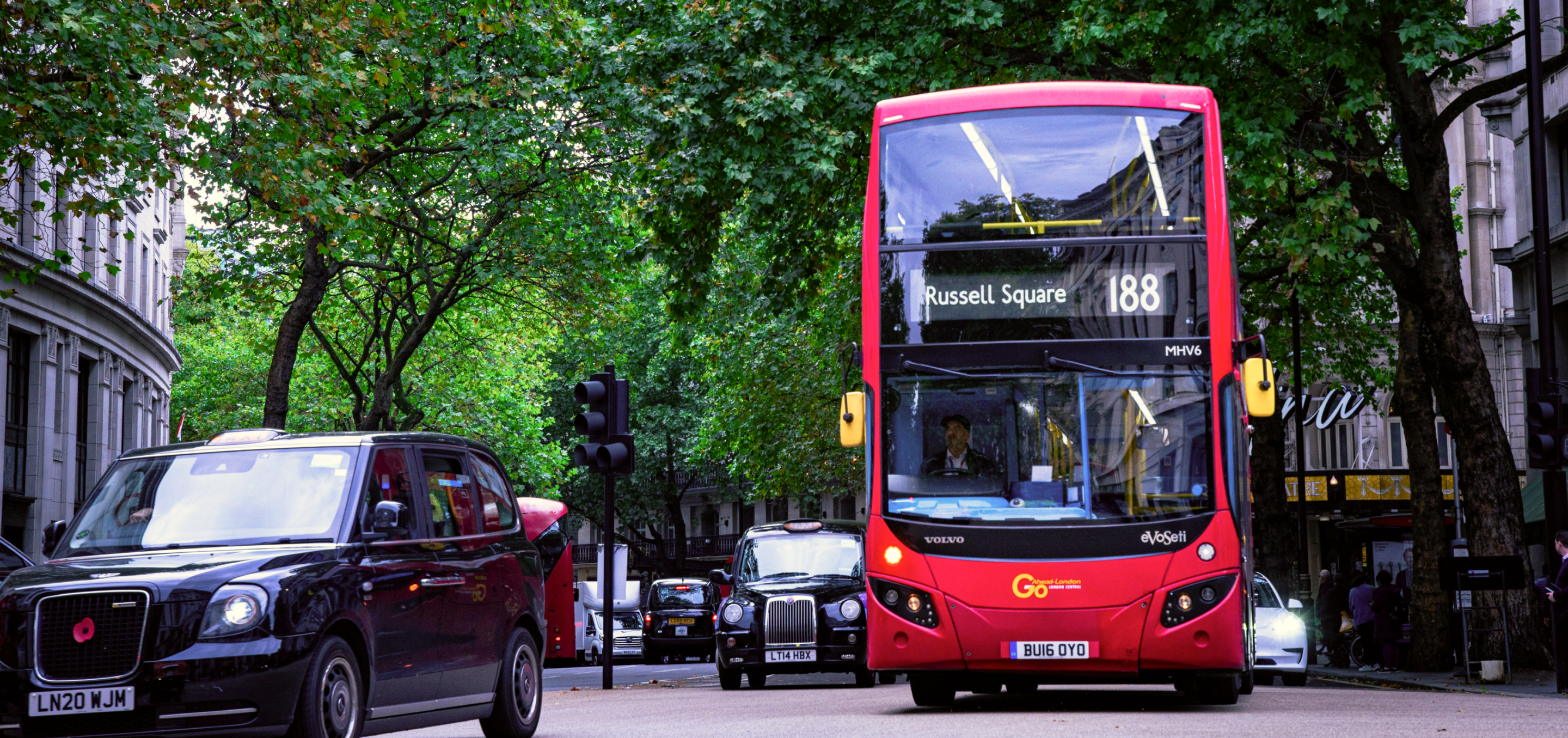
The 5 Core Principles of Building a World-Class Transport App
In the transport sector, trust is everything. But is your digital platform building it or slowly eroding it?

The Psychology of the Pause: Why Friction Builds Trust in a High-Stakes World
The key is intent. If the pause helps people make a better decision or avoid harm, they will usually welcome it. If it exists only to serve the business, they will feel it immediately.

Defining User Experience
Our AI-fundamentals article series continues by asking the important question - what is User Experience?
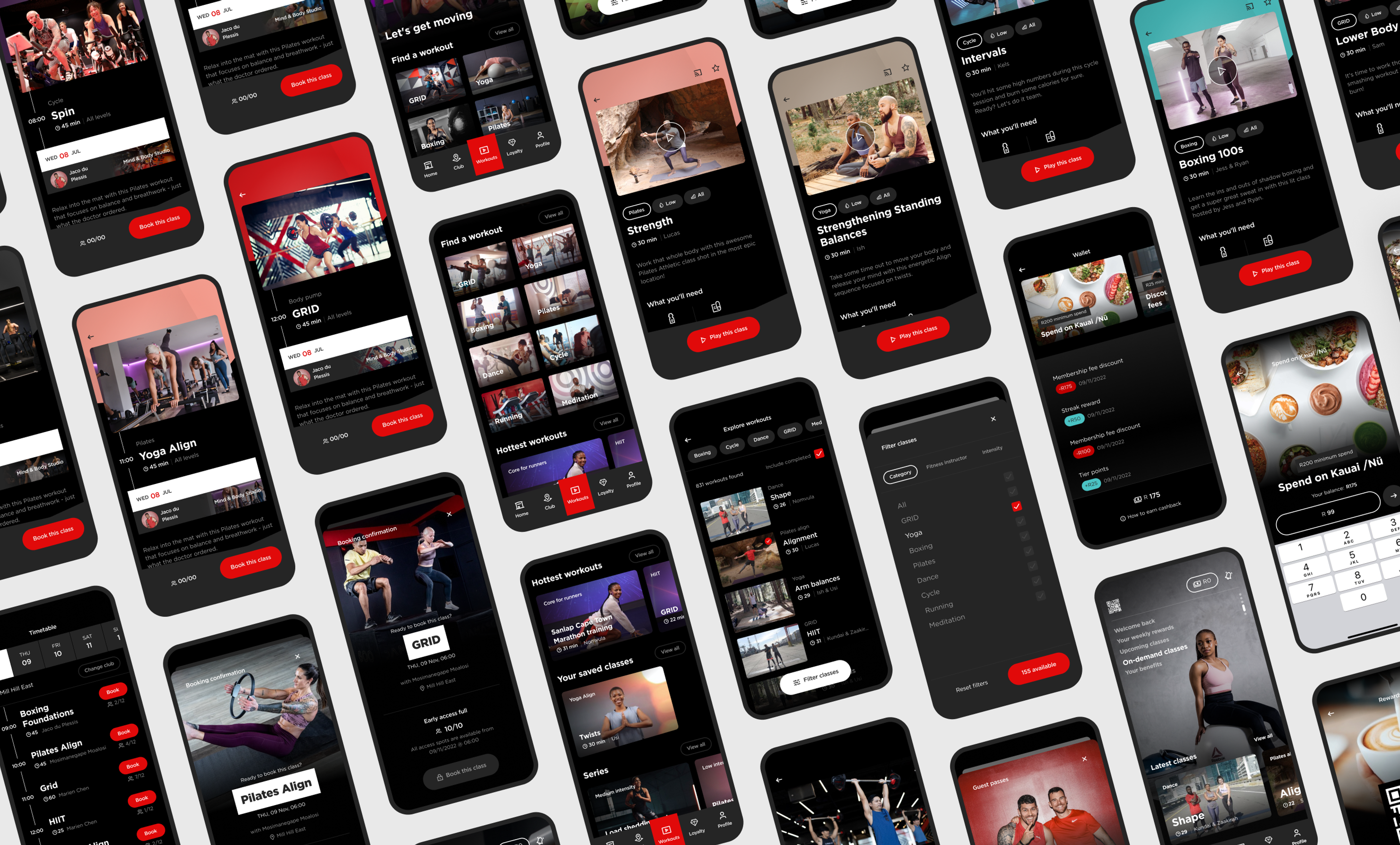
10 Key Trends in User Experience for 2026
At Future Platforms, we're looking past the noise to 2026 to call out the trends that will either make or break your digital products.

What is Agentic Compute?
Learn more about this new computing paradigm and how it could impact your organisation.
